Bess Petty: Bird Artist
By Ilana DeBare
Bess Petty was working for a company that made trade show banners when a friend asked if she had any small creations to include in a new gallery being set up by an artists’ collective.
Petty, a studio art graduate of U.C. Berkeley, had been sketching birds for fun. “I thought maybe I could make some [wallets] with birds on them, using scrap vinyl material from the place I worked,” she recalled.
That was in 2008. Since then, those initial scrap-material birds have grown into a menagerie of 83 different bird images that Petty sells on magnets, pins, notecards, coasters, stickers, pillows, and wallets.
One of those birds—a singing Western Meadowlark—is at the center of Golden Gate Bird Alliance’s Birdathon 2022 logo, which Petty designed pro bono.
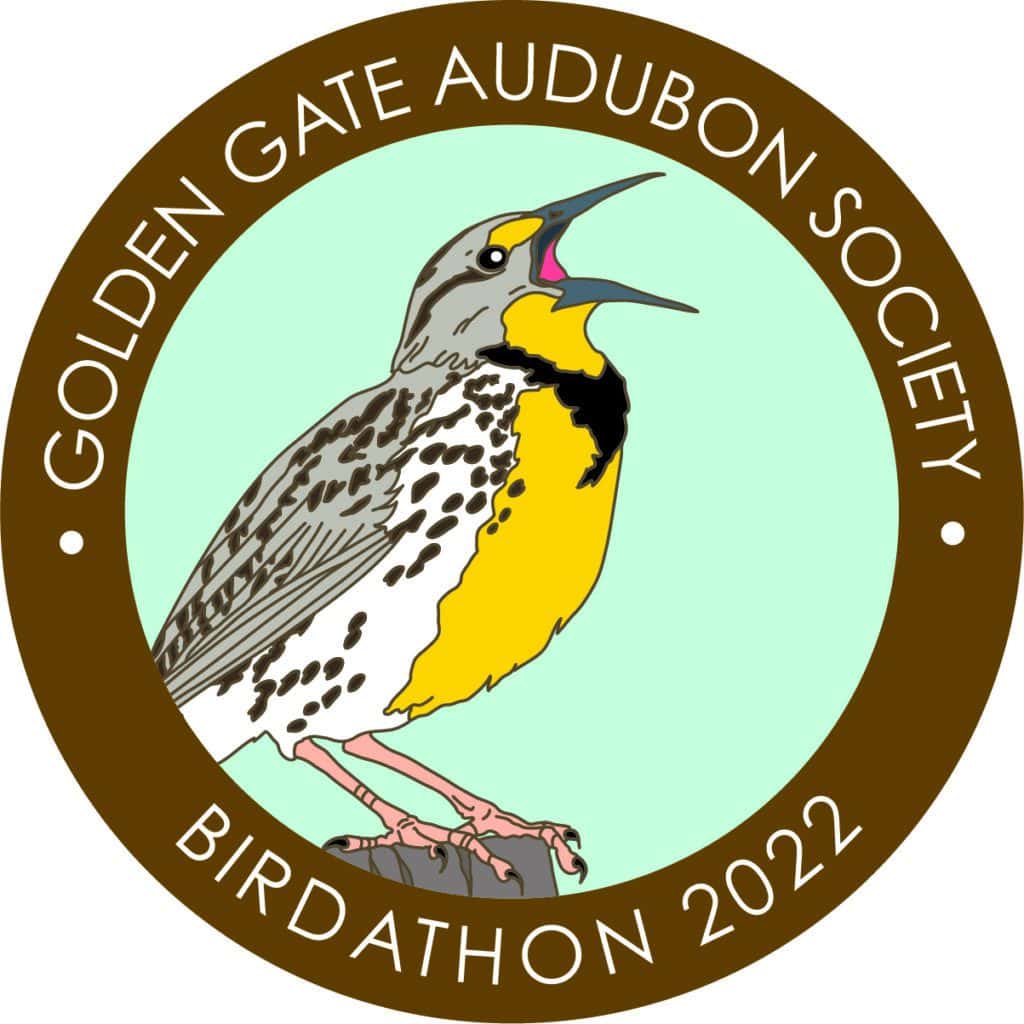 Designed by Bess Petty
Designed by Bess Petty
Bird Versus Bird, Petty’s business, enjoys a five-star review on Etsy, where she currently does about half her sales. She also sells through gift shops at nature centers across the country. Before the Covid-19 pandemic, she sold her work in person at crafts fairs and other events, including some past GGBA Birdathon Awards Celebrations.
“My favorite type of order is from organizations and nature centers,” she said. “It’s supporting me but also supporting their conservation and education efforts.”
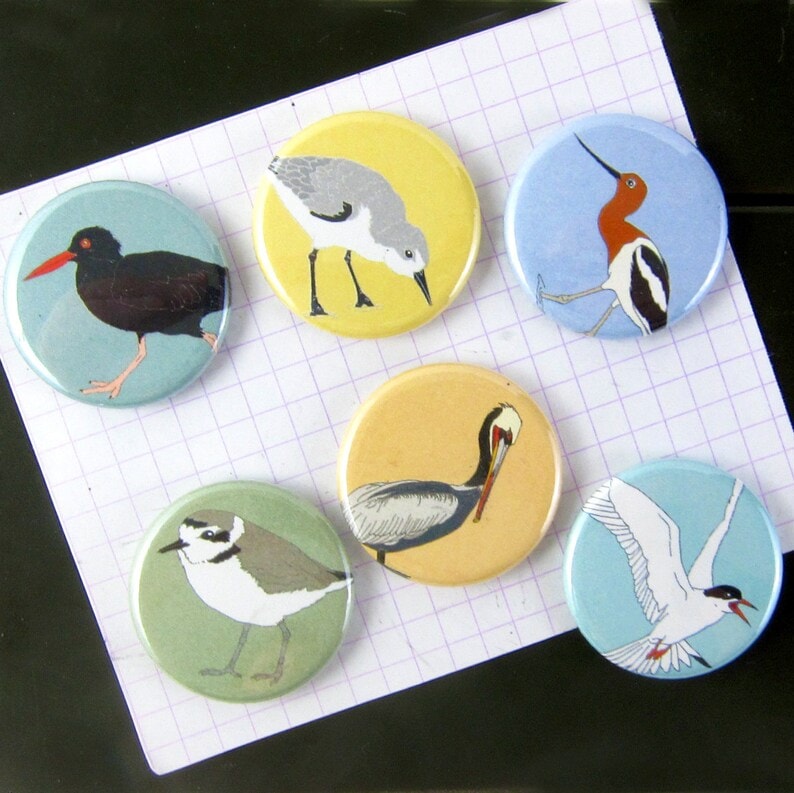 Shorebird magnets by Bird Vs Bird
Shorebird magnets by Bird Vs Bird
Petty’s love of drawing started as a child, when it was one of her favorite pastimes. Her love of birds took root early too.
“I grew up in Davis, where my family would go on nature walks on campus or hiking in the Sierra,”said Perry, who is now 43 with her own seven-year-old son. “We always had a bird book around to see who came to our feeder.”
Petty “fell into” graphic design as a student when, working at a textbook store, she was asked to create their newspaper ads and window displays. After college, she got a job at Fastsigns, an Oakland company that makes marketing materials for trade shows—the source of those initial vinyl scraps that she made into wallets.
Her initial bird creations proved so popular and so fun to make that she decided to open an Etsy store. “Etsy was still very small and very craftsy back then,” she said. “You could have terrible photos and people would still buy stuff. I feel lucky to have gotten in on the ground floor.”
Petty bought a tabletop machine to make pins and magnets, a manual device that can turn out 100 pins an hour, and which she still uses today.…

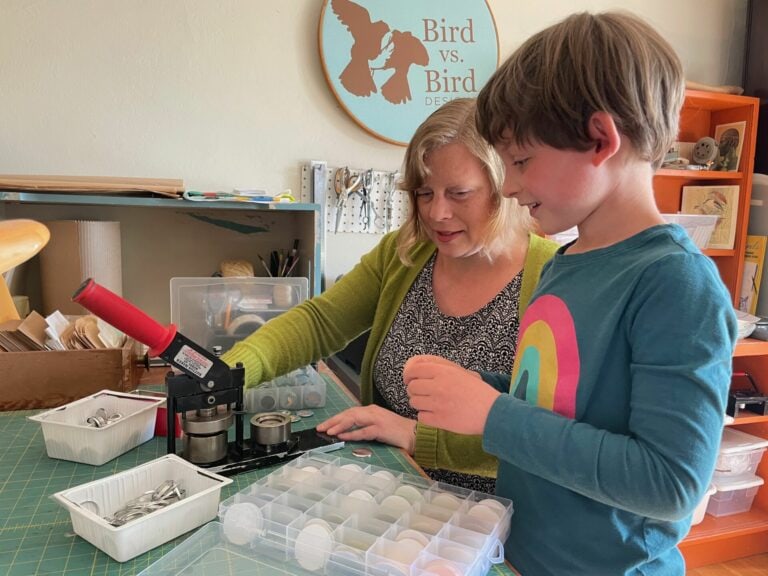
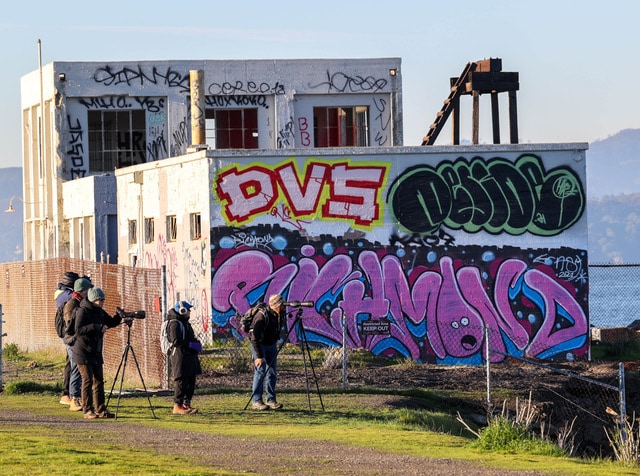
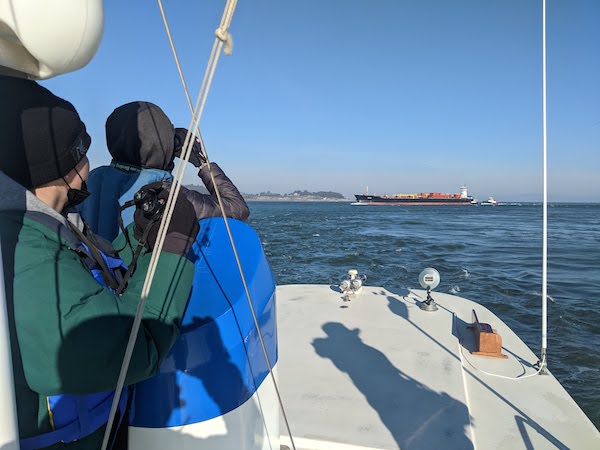 Counters on the San Pablo Bay by Bruce Mast
Counters on the San Pablo Bay by Bruce Mast
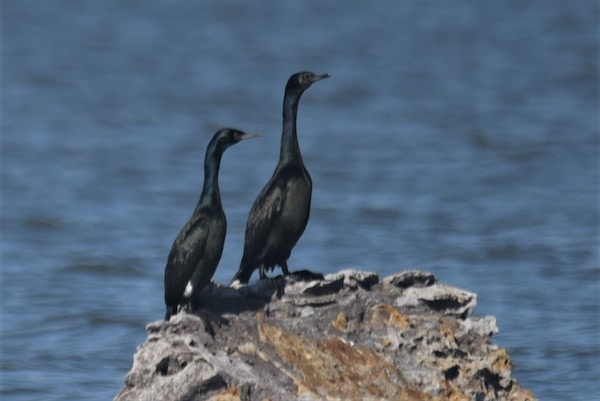 Pelagic Cormorants by Bruce Mast
Pelagic Cormorants by Bruce Mast
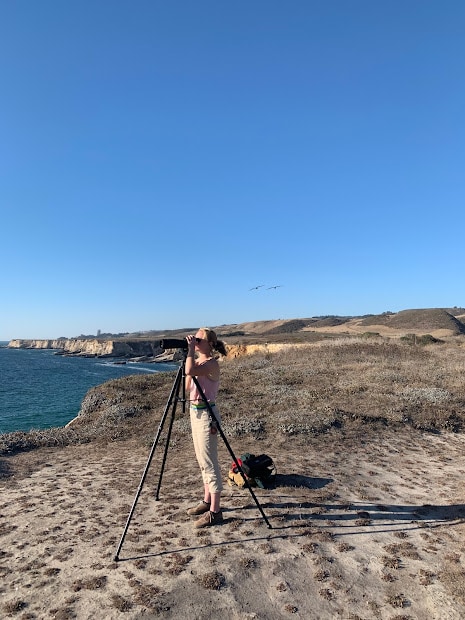
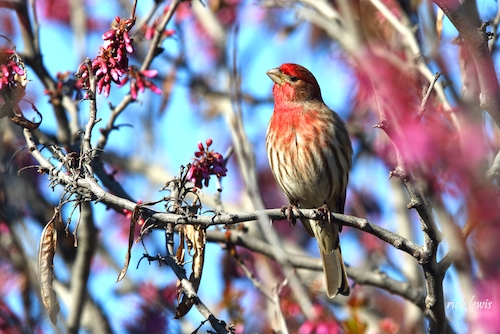 House Finch at Coyote Hills by Rick Lewis
House Finch at Coyote Hills by Rick Lewis
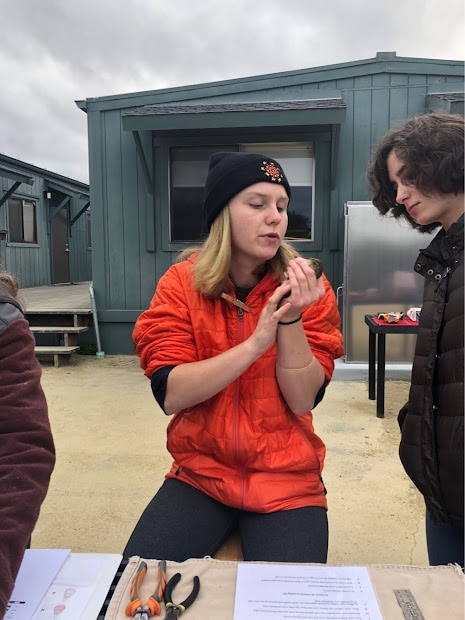 An intern and I (Molly Hetherwick) at the Younger Lagoon Banding Station, talking about molt tracks on a Golden-crowned Sparrow
An intern and I (Molly Hetherwick) at the Younger Lagoon Banding Station, talking about molt tracks on a Golden-crowned Sparrow
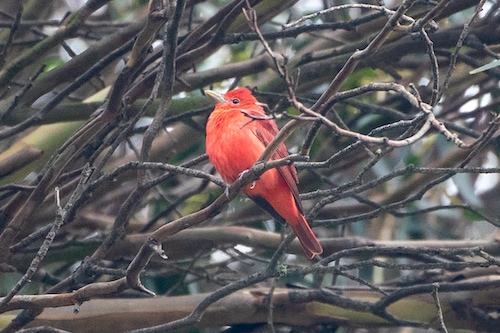
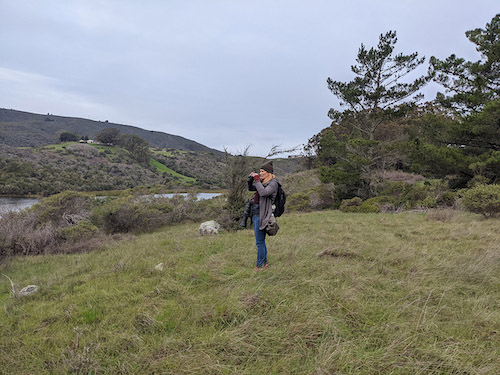 SF CBC counter Nancy Palmer at San Francisco Watershed by Noreen Weeden
SF CBC counter Nancy Palmer at San Francisco Watershed by Noreen Weeden
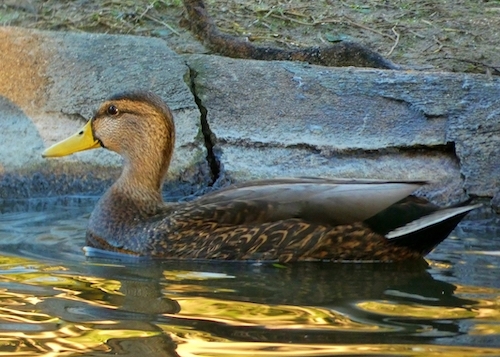 Mexican Duck by David Assmann
Mexican Duck by David Assmann
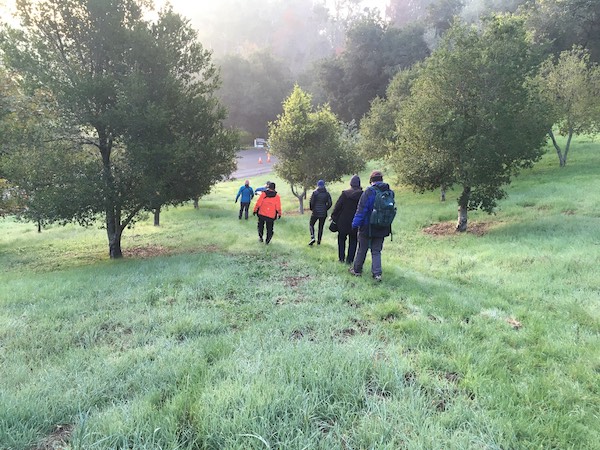
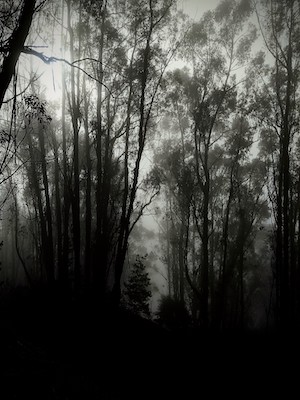 Fog amongst the trees at Sibley Volcanic Regional Preserve on the day of the Oakland CBC by Patrick Coughlin
Fog amongst the trees at Sibley Volcanic Regional Preserve on the day of the Oakland CBC by Patrick Coughlin
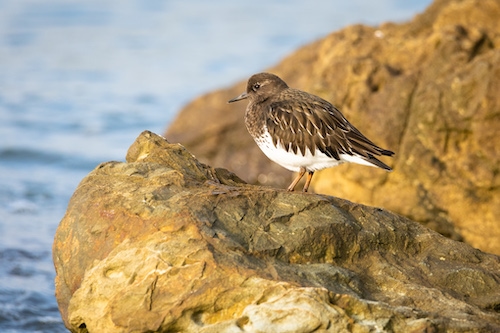 Black Turnstone at Albany Bulb on Oakland CBC by Alan Krakauer
Black Turnstone at Albany Bulb on Oakland CBC by Alan Krakauer